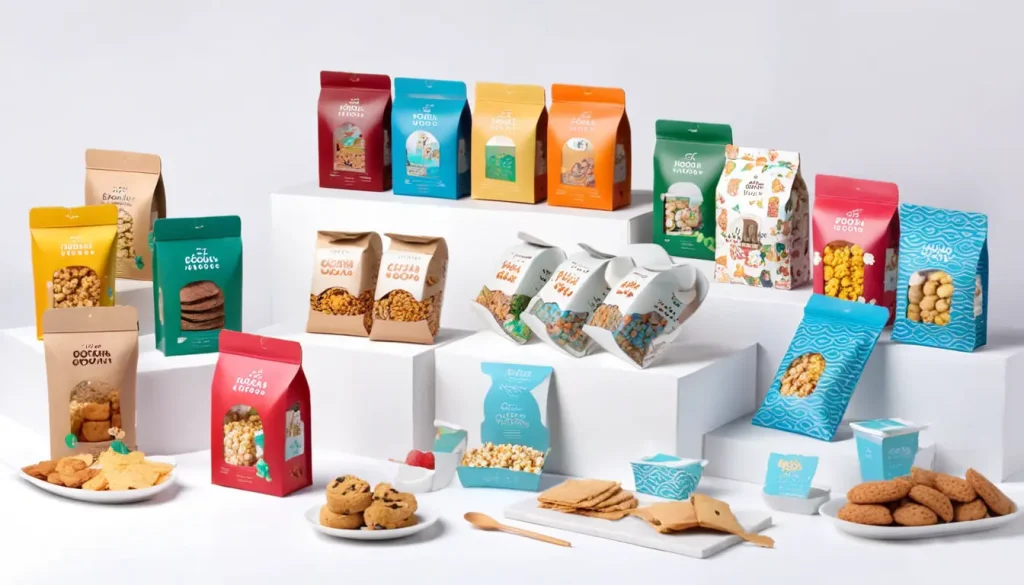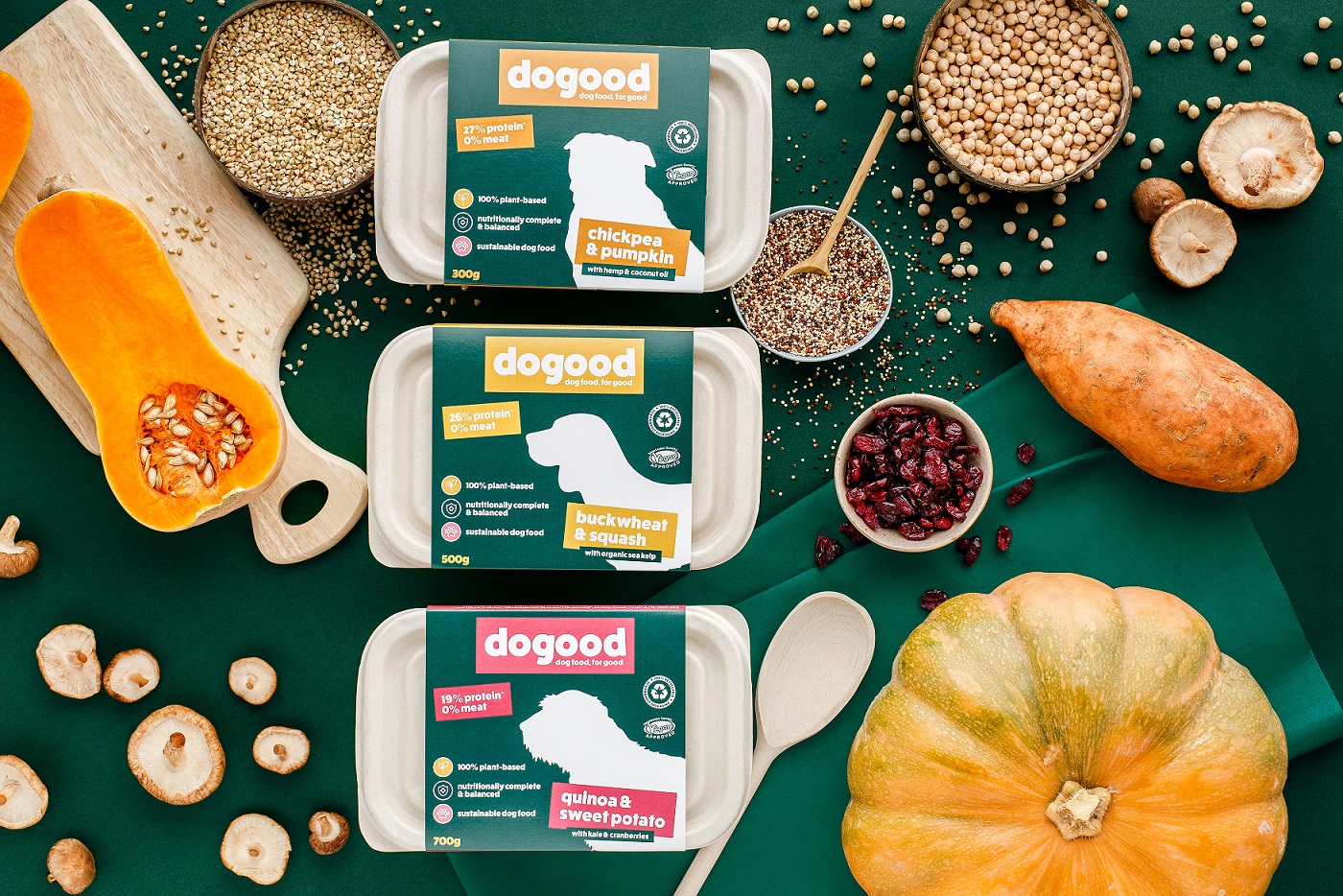As the demand for sustainable and health-conscious packaging continues to grow, understanding the role of safe adhesives in food packaging becomes essential. This article delves into the importance of using safe adhesives, exploring the benefits they offer and how they align with marketing strategies aimed at promoting safety and sustainability.

What Are Safe Adhesives?
Safe adhesives are bonding agents used in food packaging that are non-toxic and free from harmful chemicals. They ensure that the packaging does not contaminate the food, making them crucial for consumer safety. These adhesives comply with regulatory standards and are designed to maintain the integrity of packaging without compromising food quality.
The Importance of Safe Adhesives in Food Packaging
Using safe adhesives is vital for several reasons. Primarily, they prevent chemical migration, where harmful substances from packaging materials could leach into food products. This is particularly important for maintaining consumer health and meeting legal standards. Moreover, they support sustainability initiatives by reducing the ecological footprint of packaging materials.
How Safe Adhesives Enhance Food Safety
Safe adhesives play a critical role in enhancing food safety by preventing contamination. Their composition is carefully regulated to avoid harmful effects on human health, which is a concern with certain traditional adhesives. By ensuring that food remains uncontaminated, these adhesives help maintain the food’s quality and safety throughout its shelf life.
Benefits of Using Safe Adhesives in Marketing
For marketers, emphasizing the use of safe adhesives can be a significant selling point. It aligns with consumer preferences for environmentally friendly and health-conscious products. Highlighting the use of such adhesives in marketing campaigns can enhance brand reputation and trust, ultimately driving consumer loyalty.
Types of Safe Adhesives Used in Food Packaging
The market offers a range of safe adhesives suitable for food packaging, each with its unique properties and applications. These include:
- Water-based Adhesives: These are environmentally friendly options that are ideal for paper and board packaging.
- Hot Melt Adhesives: Known for their strong bonding capabilities, they are used in a variety of packaging applications.
- Solvent-free Adhesives: These are designed to minimize environmental impact, making them suitable for sustainable packaging solutions.
Regulatory Standards for Safe Adhesives
The use of safe adhesives is governed by stringent regulatory standards to ensure consumer safety. In the United States, the Food and Drug Administration (FDA) sets guidelines for materials that come into contact with food. Similarly, the European Union has its regulations under the European Food Safety Authority (EFSA). Compliance with these standards is crucial for manufacturers to ensure the safety and acceptance of their products in the market.
The Role of Certifications
Certifications play a vital role in verifying the safety of adhesives used in food packaging. Labels such as FDA-approved or EFSA-certified provide assurance to consumers and businesses that the adhesives used are safe and meet international standards.
Challenges in Implementing Safe Adhesives
Despite their benefits, there are challenges in implementing safe adhesives in food packaging. These include:
- Cost Implications: Safe adhesives may be more expensive than traditional options, impacting production costs.
- Technical Limitations: Some safe adhesives might not perform as well in terms of bonding strength or durability.
- Regulatory Changes: Keeping up-to-date with changing regulations can be challenging for manufacturers.
Overcoming the Challenges
To overcome these challenges, manufacturers can invest in research and development to improve the performance of safe adhesives and reduce costs. Collaborating with regulatory bodies can also help in staying ahead of regulatory changes.
Innovations in Safe Adhesives
Innovation is at the forefront of developing safe adhesives. Recent advancements focus on improving their environmental footprint and enhancing performance. For instance, food-grade inks are now being integrated with safe adhesives to offer comprehensive packaging solutions. These innovations are crucial for meeting future demands for sustainable and safe food packaging.
The Future of Safe Adhesives in Food Packaging
The future of safe adhesives in food packaging looks promising, with increasing consumer awareness and regulatory focus on safety and sustainability. As technology advances, we can expect to see even more efficient and eco-friendly adhesive solutions that cater to the evolving needs of the food packaging industry.

FAQs about Safe Adhesives in Food Packaging
What makes an adhesive safe for food packaging?
A safe adhesive is one that complies with food safety regulations and is free from harmful chemicals that could contaminate food.
How do safe adhesives impact the environment?
Safe adhesives often have a lower environmental impact as they are designed to be non-toxic and sustainable, reducing the ecological footprint of packaging.
Are there cost-effective options for safe adhesives?
Yes, although some safe adhesives may be more expensive, ongoing innovations are providing more cost-effective solutions for manufacturers.
For more information on related topics, consider exploring resources on migration-safe inks and solvent-free inks.
This article contains affiliate links. We may earn a commission at no extra cost to you.






